UAB-REU Participant Larry Lawal is named Barry M. Goldwater Scholar for the Academic Year 2008-2009
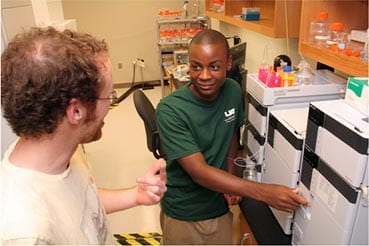 Taoreed “Larry” Lawal of Hoover, Alabama is a junior majoring in biology at the University of Alabama at Birmingham (UAB). In 2007, Larry Lawal was selected from a pool of 70 undergraduate students and supported under a NSF-REU-site program that is entitled “Regional Initiative to Promote Undergraduate Participation in Experimental and Computational Materials Research” (PI Yogesh Vohra, UAB).
Taoreed “Larry” Lawal of Hoover, Alabama is a junior majoring in biology at the University of Alabama at Birmingham (UAB). In 2007, Larry Lawal was selected from a pool of 70 undergraduate students and supported under a NSF-REU-site program that is entitled “Regional Initiative to Promote Undergraduate Participation in Experimental and Computational Materials Research” (PI Yogesh Vohra, UAB).
Larry Lawal’s research project involves measuring intermolecular interactions of proteins in solution and their applications in structure-based drug design. Larry Lawal also won the first place prize in the 2007 Summer Research Poster session organized for physical sciences, engineering and computer science on UAB campus. Larry Lawal also serves as a chief editor of the undergraduate research publication “Inquiro” that operates by a blind, peer review process conducted by UAB faculty, researchers, and distinguished undergraduate students and maintains the highest standards of scholastic integrity.
Larry Lawal was among the three hundred twenty-one mathematics, science and engineering undergraduate students that were named Barry M. Goldwater Scholars from over a pool of thousand students that were nominated from various colleges and universities nationwide in 2008.Taoreed “Larry” Lawal of Hoover, Alabama is a junior majoring in biology at the University of Alabama at Birmingham (UAB). In 2007, Larry Lawal was selected from a pool of 70 undergraduate students and supported under a NSF-REU-site program that is entitled “Regional Initiative to Promote Undergraduate Participation in Experimental and Computational Materials Research” (PI Yogesh Vohra, UAB). Larry Lawal’s research project involves measuring intermolecular interactions of proteins in solution and their applications in structure-based drug design.
Larry Lawal also won the first place prize in the 2007 Summer Research Poster session organized for physical sciences, engineering and computer science on UAB campus. Larry Lawal also serves as a chief editor of the undergraduate research publication “Inquiro” that operates by a blind, peer review process conducted by UAB faculty, researchers, and distinguished undergraduate students and maintains the highest standards of scholastic integrity.
After graduation Larry Lawal plans to pursue a MD/PhD degree.
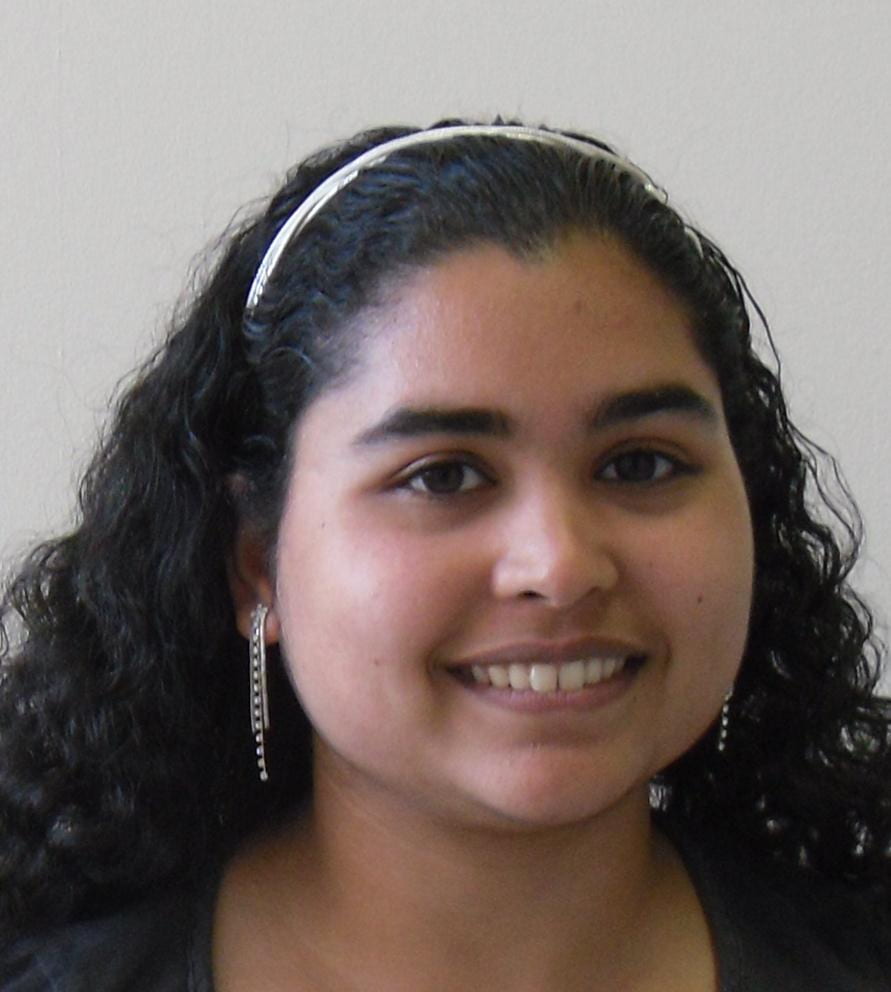
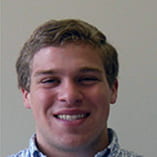
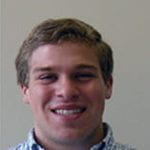
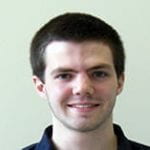
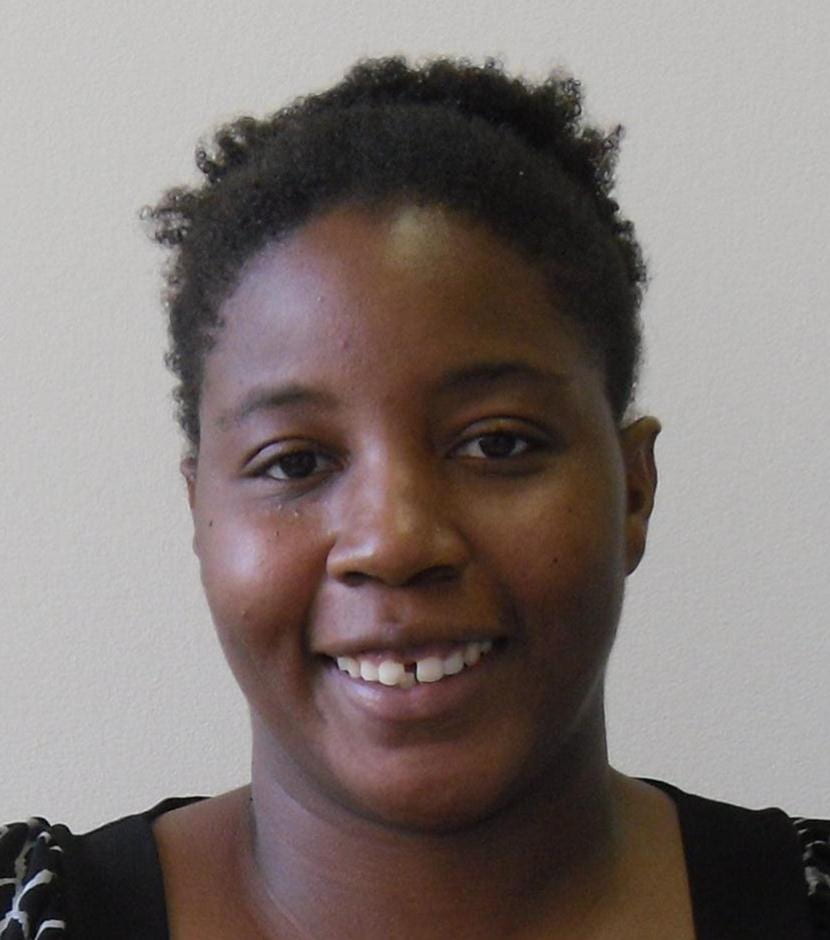
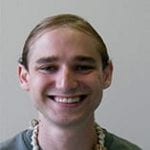

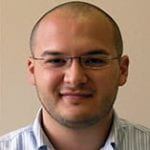
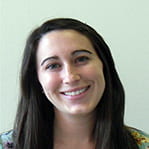
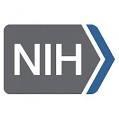
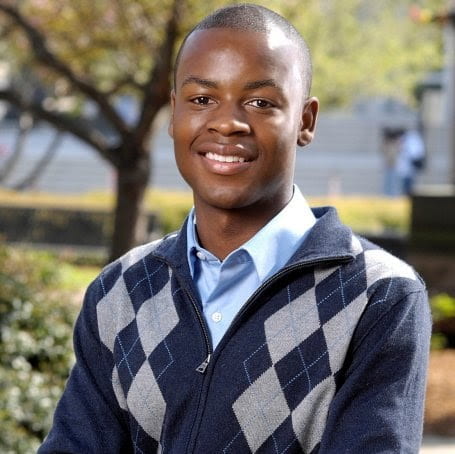
 Taoreed “Larry” Lawal of Hoover, Alabama is a junior majoring in biology at the University of Alabama at Birmingham (UAB). In 2007, Larry Lawal was selected from a pool of 70 undergraduate students and supported under a NSF-REU-site program that is entitled “Regional Initiative to Promote Undergraduate Participation in Experimental and Computational Materials Research” (PI Yogesh Vohra, UAB).
Taoreed “Larry” Lawal of Hoover, Alabama is a junior majoring in biology at the University of Alabama at Birmingham (UAB). In 2007, Larry Lawal was selected from a pool of 70 undergraduate students and supported under a NSF-REU-site program that is entitled “Regional Initiative to Promote Undergraduate Participation in Experimental and Computational Materials Research” (PI Yogesh Vohra, UAB).